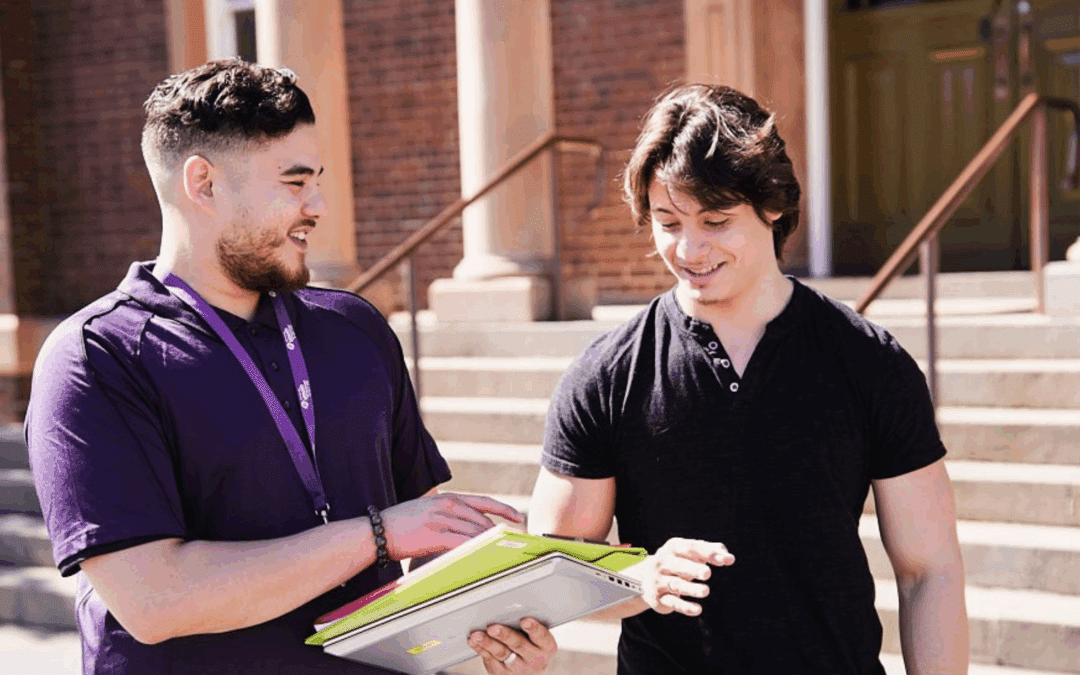Domestic, family and sexual violence (DFSV) is the leading cause of youth homelessness in Australia and young people leaving violence invariably end up in youth homelessness services requiring support.
In 2022, 65 per cent of the young people accessing our Inner West Youth Homelessness Service (IWYHS) in Sydney reported on presentation as having experienced DFSV, as defined by the data collection tool utilised by SHS services.
However, given the complexity of DFSV for young people, this is often an underrepresentation of their actual experience.
When rapport is built between staff and young people, they begin to identify and unpack their experiences – resulting in an increase in the number of young people whose homelessness pathway started with violence.
Although we have seen the positive impact of education programs like Power Within in Youth Off The Streets’ independent high schools, we know we have a long way to go.
Like many other organisations in our sector, we’re calling for a national plan to end homelessness for unaccompanied children and young people.
This plan must consider the ‘upstream’ early intervention responses – particularly around reducing the number of young people entering homelessness due to DFSV – and the ‘downstream’ crisis and post-crisis responses including social and affordable housing.
Likewise, the National Plan to End Violence Against Women and Children needs to go further than a tokenistic acknowledgement that young people are victim–survivors in their own right. It needs actionable and adequately resourced strategies, responses and targets – all co-designed by young people with lived experience and youth sector experts to ensure they meet the needs of their developmental stage.
Investing in housing responses that recognise that some unaccompanied children and young people will not have the option to return home through family preservation or restoration programs is essential.
The NSW Government response has again ignored this cohort, with the Core and Cluster model recognising the need for privacy for survivors to heal – but only for women and their dependent children. The question is why the Department of Communities and Justice thinks unaccompanied children and young people who have survived DFSV don’t deserve the same right?
The cost of trauma- and evidence-informed DFSV responses for young people experiencing homelessness cannot continue to be absorbed into the youth SHS sector core funding. It is unrealistic to expect youth services to maintain the high level of support relied upon by government agencies when the number of young people experiencing homelessness is increasing, but funding to sustain that support is not.
Nothing less than a significant double investment in young people is needed now. This investment must target primary and early intervention as well as crisis and post-crisis responses, and these must be age-appropriate, innovative and sustainable if we are truly going to shift the dial on both DFSV and youth homelessness in Australia.
Originally published in Parity magazine, April 2023.



